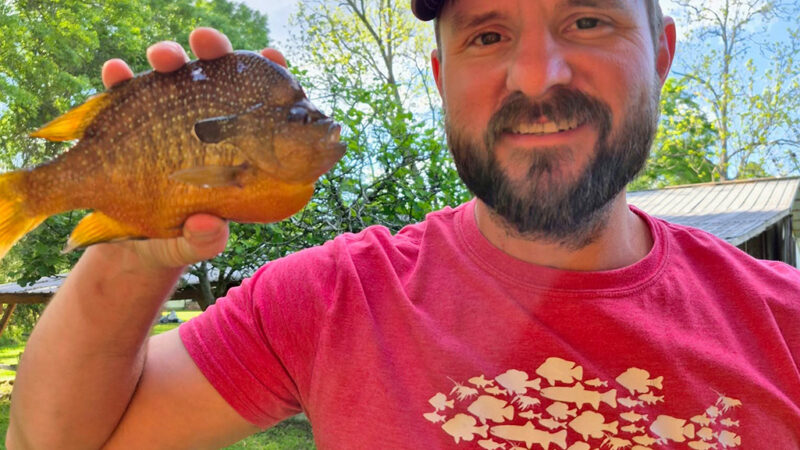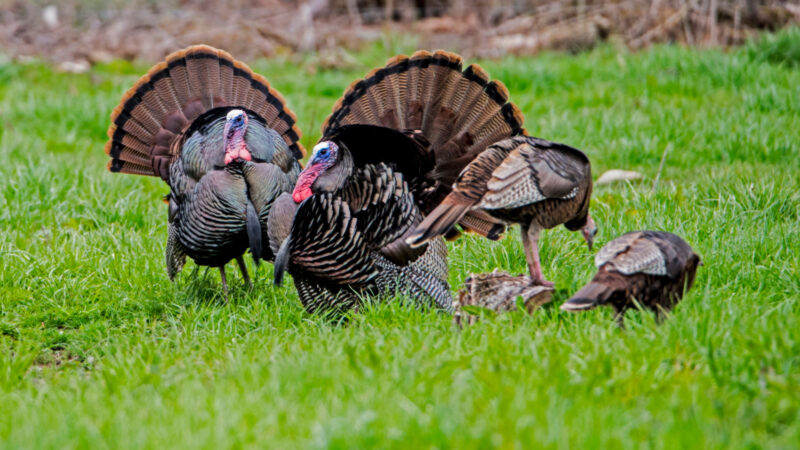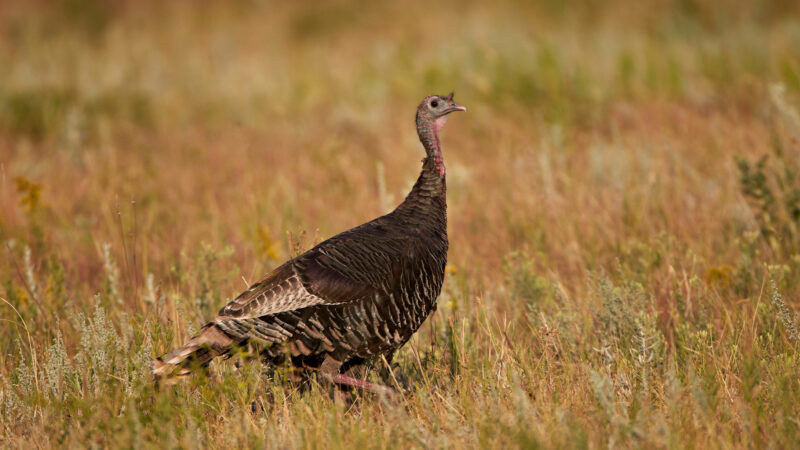How to Land and Handle Snakeheads Safely and Easily in a Kayak
People who don’t fish for snakeheads love to talk about them like they’re evil beasts conjured by the devil himself and unleashed in our waters from the seventh level of Dante’s Inferno. Are they cunning predators? Absolutely. Evil? Hardly.
So much media attention has been placed on their “vicious” teeth and don’t get me wrong, I wouldn’t want one to clamp down on my fingers. But getting bitten by one of these fish after you catch it would only happen if you were incredibly careless or did, in fact, stick your digits in its mouth. What snakeheads are, though, is far stronger and more tenacious out of the water than most gamefish we catch. So, if you’re considering targeting snakeheads on a kayak — arguably one of the best ways of getting after them — there are some safety concerns to consider.
Related: How to Catch Snakeheads
I’ve caught everything from baby 12-inch snakeheads to 10-pound goliaths in my kayak, and dealing with these fish while floating around on a narrow plastic boat can be a challenge. There’s little room to work and no dry land where you can set the fish down and get leverage. Plus, you’re trying to keep your balance. Snakeheads are angry when they’re caught and because they can breathe air, they don’t quickly settle and tire out of water.
So here’s a breakdown of my snakehead landing program. If you’re ready to get after these “evil” invasives, these tricks will help make the process smoother whether you’re letting your catch swim free or bringing it home for the deep fryer.
In the Bag
Snakeheads are tricksters. They go nuts when you set the hook, thrashing violently and jumping, but they calm down pretty quickly. Like muskies, the initial hit is the magic moment, but the fight is usually over fast. You want to muscle the fish in without introducing any slack to your line so the hooks stay firmly planted in their hard jaws. The lack on drag-screaming runs gives the illusion that these fish are out of gas after that first short round of headshaking and pulling, but they have gallons left in the tank. Because of this, a net is critical.
Ideally, you’ll be armed with a net that has a deep bag, because a snakehead can and will easily jump right out of a shallow bag. The fish may wind up in your net with little fanfare, but it’s almost a guarantee it’s going to go ballistic again once it’s there. A net with a deep bag allows you to hold the fish securely at the side of your kayak where it can thrash and roll without getting away. Always give the fish a minute or two to expend some energy in the net. Now is the time to get your rod in a secure spot and get any loose hooks or gear put away before the fish is in your lap.
Lip Service
A lip-gripping tool is a must for snakeheading. You can, of course, use a high-end Boga Grip, but I prefer an inexpensive plastic gripper that locks shut. These also float, which is always a plus when fishing from a kayak. Regardless of the model you choose, a lip gripper is critical for controlling a snakehead safely.
Read Next: The Best Fishing Rods, Tested and Reviewed
Snakeheads have incredible jaw power and it’s not uncommon for them to be clamped down on your lure so hard that you can’t open their mouths. They can be clenched up so tightly that I often need a pair of long-nose pliers to get their mouths open wide enough to even insert the lip gripper. Once that gripper is firmly in place, however, the fish can thrash and wriggle all it wants and, if you have a firm hold, it won’t get away. The tool will also keep the mouth open to make removing the hook easier. I usually secure the gripper in a fish’s mouth while it’s still in the net at the side of the kayak. The objective is to have complete control over the snakehead so you don’t have to fumble or make any sudden movements that could get you off balance. This is especially important when dealing with large specimens.
Quick Pop
There are all kinds of hook removal tools on the market, but the one I find most useful for snakeheads is a simple, cheap, old-school hook disgorger. If a fish completely inhaled your lure, I find it can be easier to quickly pop the hooks out with a disgorger than dig around with pliers. Hollow-body frog lures especially tend to be planted in the roof of the fish’s mouth, and even though a disgorger is designed to remove a single hook, it usually pops both frog hooks out easily. Simply slide the tool down to the hook and give it a strong tap downward. Snakeheads have wide mouths, so, assuming your lip gripper is keeping the mouth open, lures can be easily pulled out after that pop.
The post How to Land and Handle Snakeheads Safely and Easily in a Kayak appeared first on Outdoor Life.
Source: https://www.outdoorlife.com/fishing/kayak-fishing-snakeheads/






